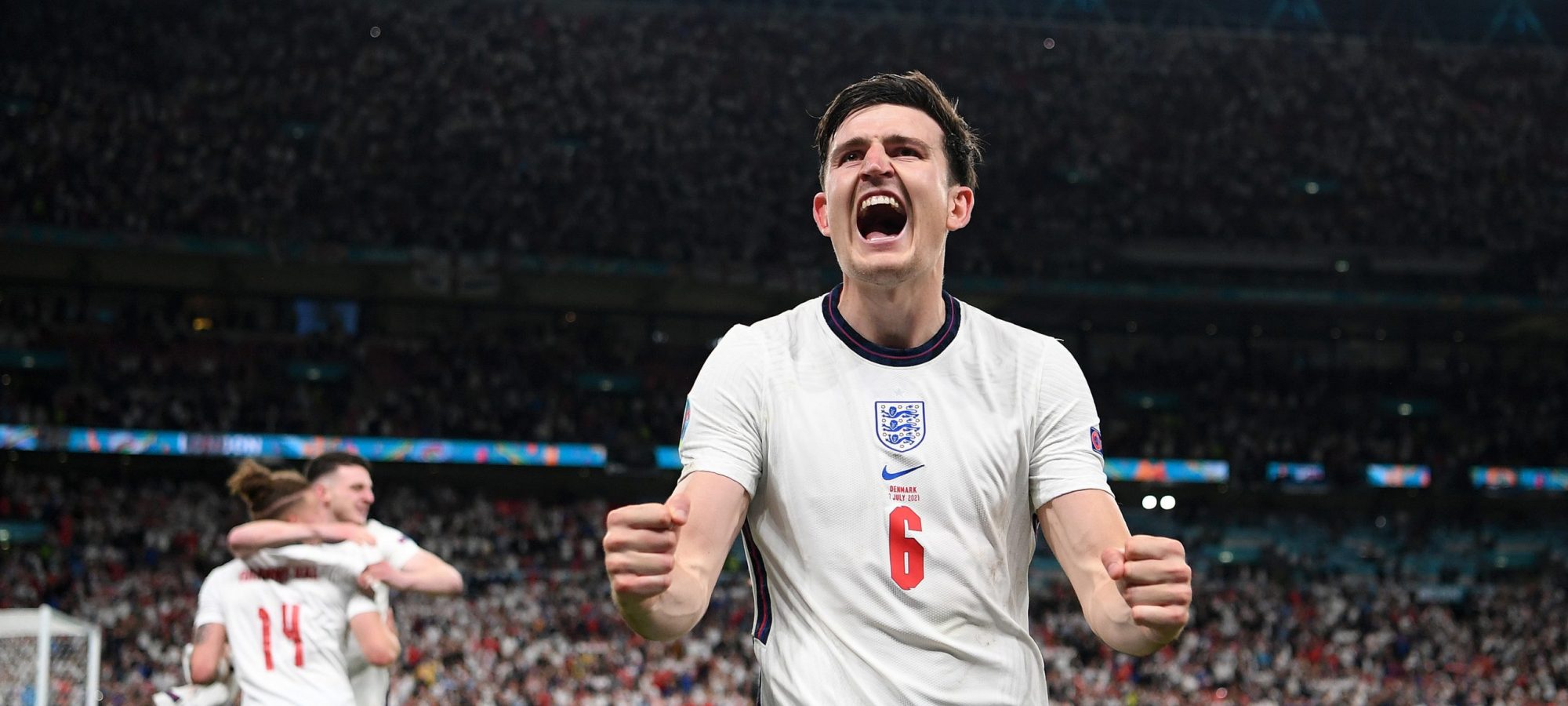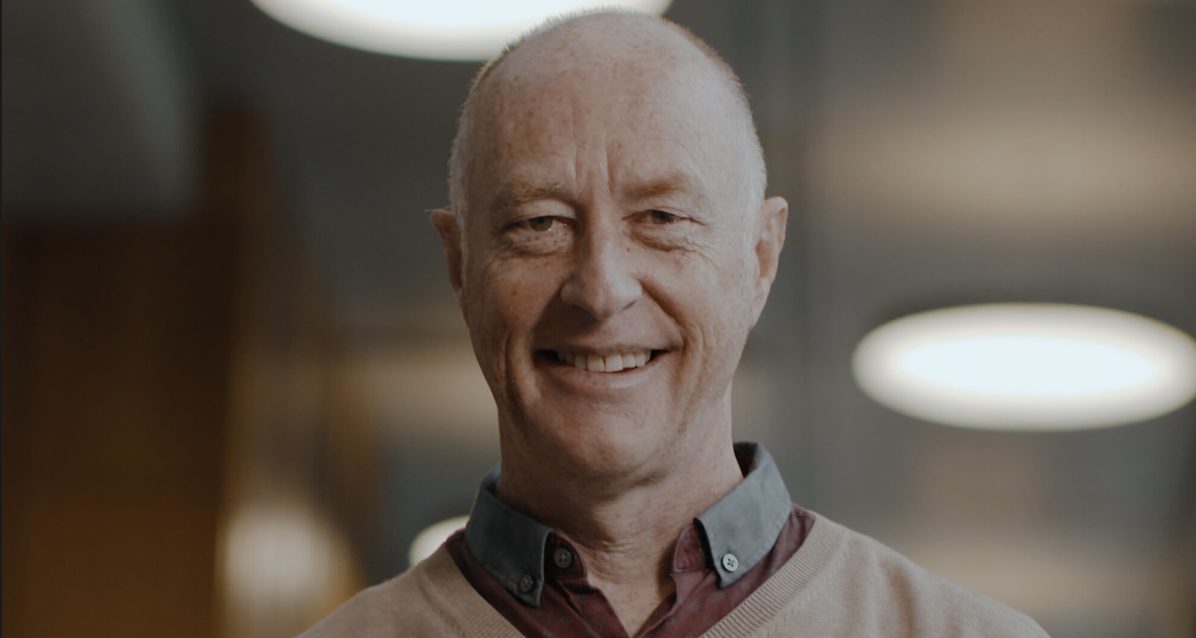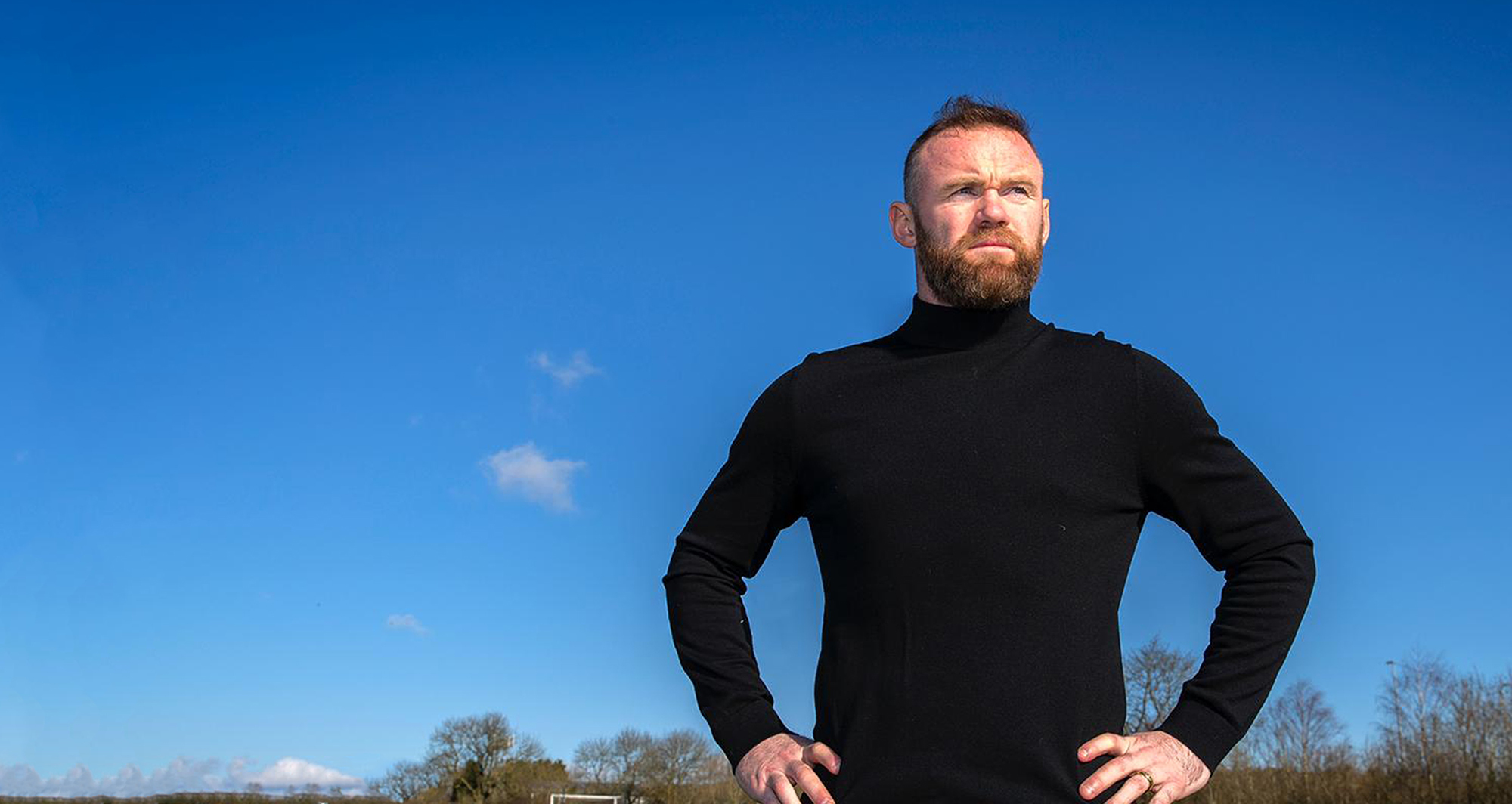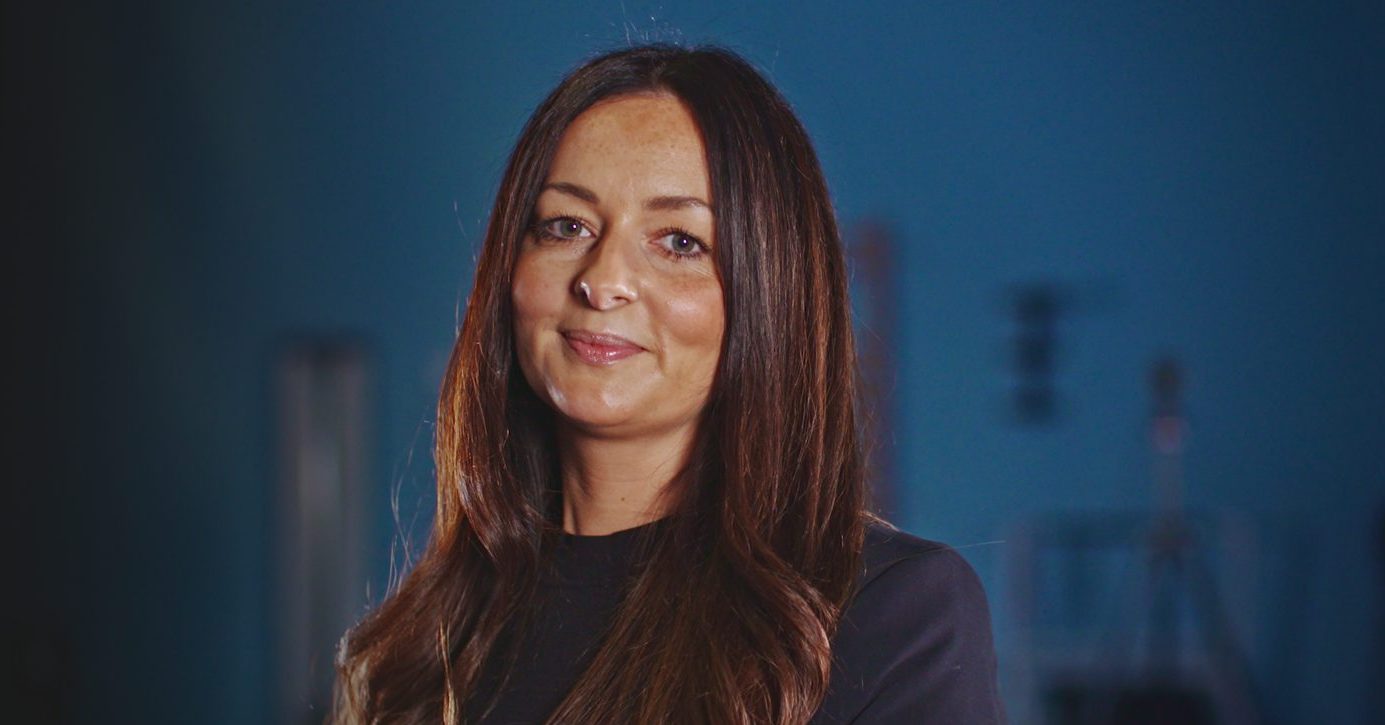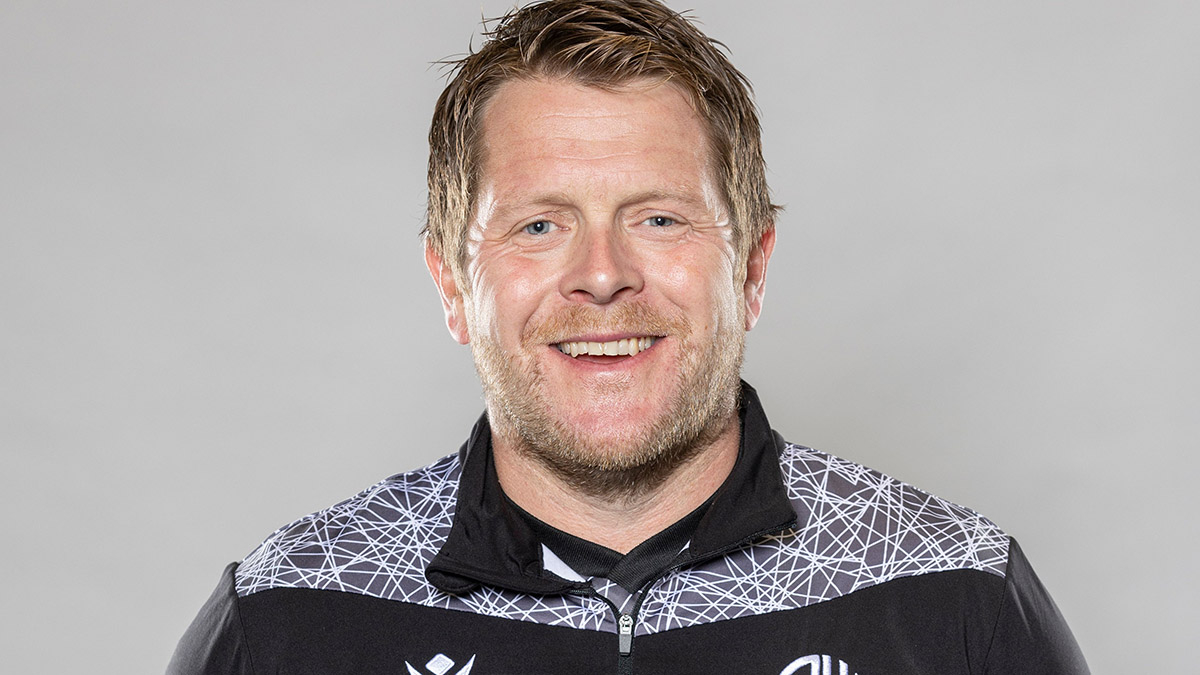Innovation
Backed By
Science
Research
Driving
Innovation
Within our Knowledge Transfer Partnership, ProMOTION EV1 has been through years of trials and rigorous testing with professional teams and leading academics to optimise safety and performance. ProMOTION EV1 is the first product based on new technology and science developed alongside researchers from the University of Central Lancashire and Manchester Metropolitan University.

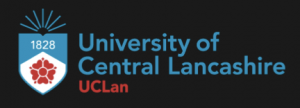
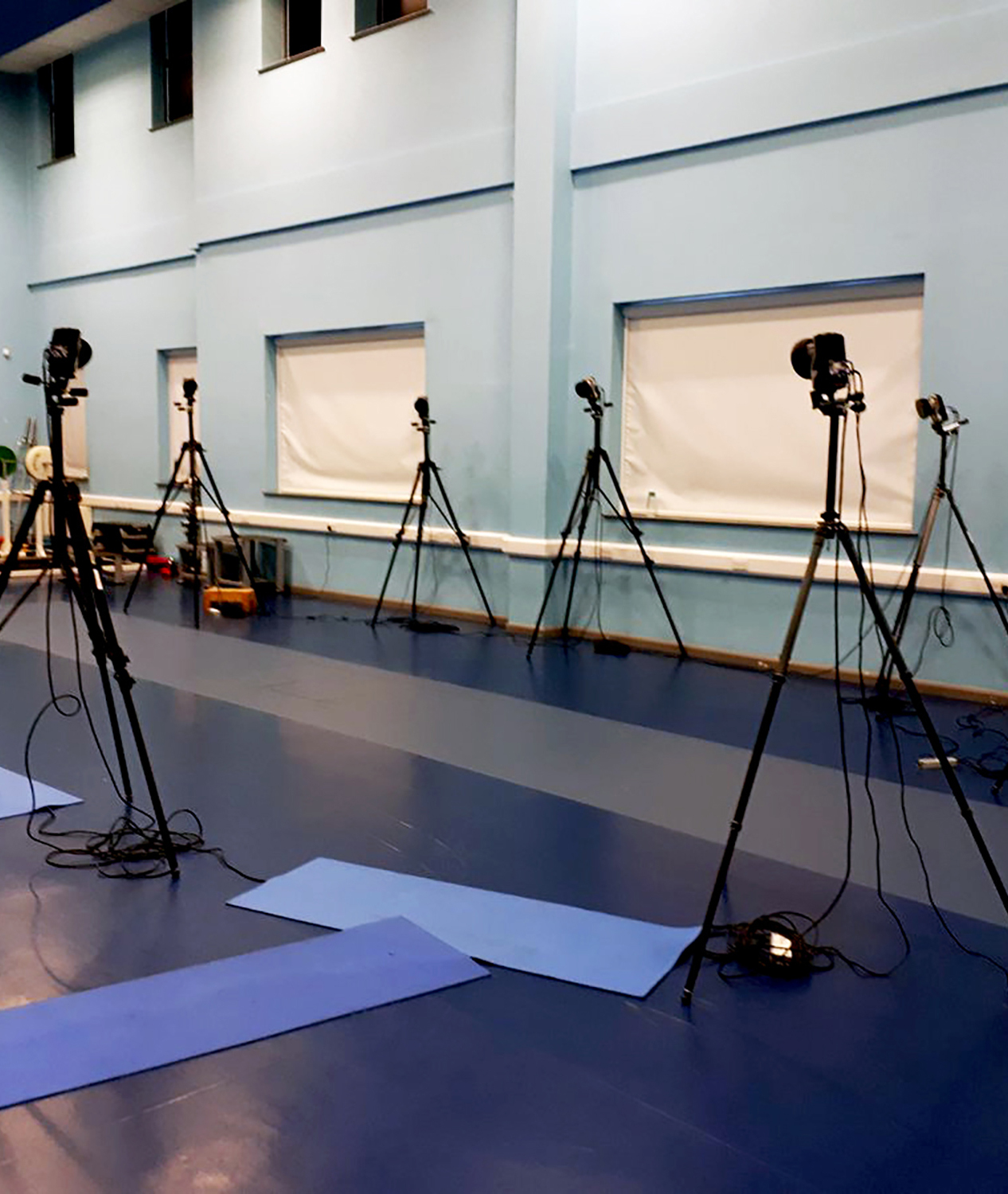
The Science
behind
Promotion EV1
ProMOTION EV1 has been developed with research and science in mind. We take a scientific approach to improving the therapy solutions available in elite sport.
Some of the key benefits of ProMOTION EV1 are listed below:
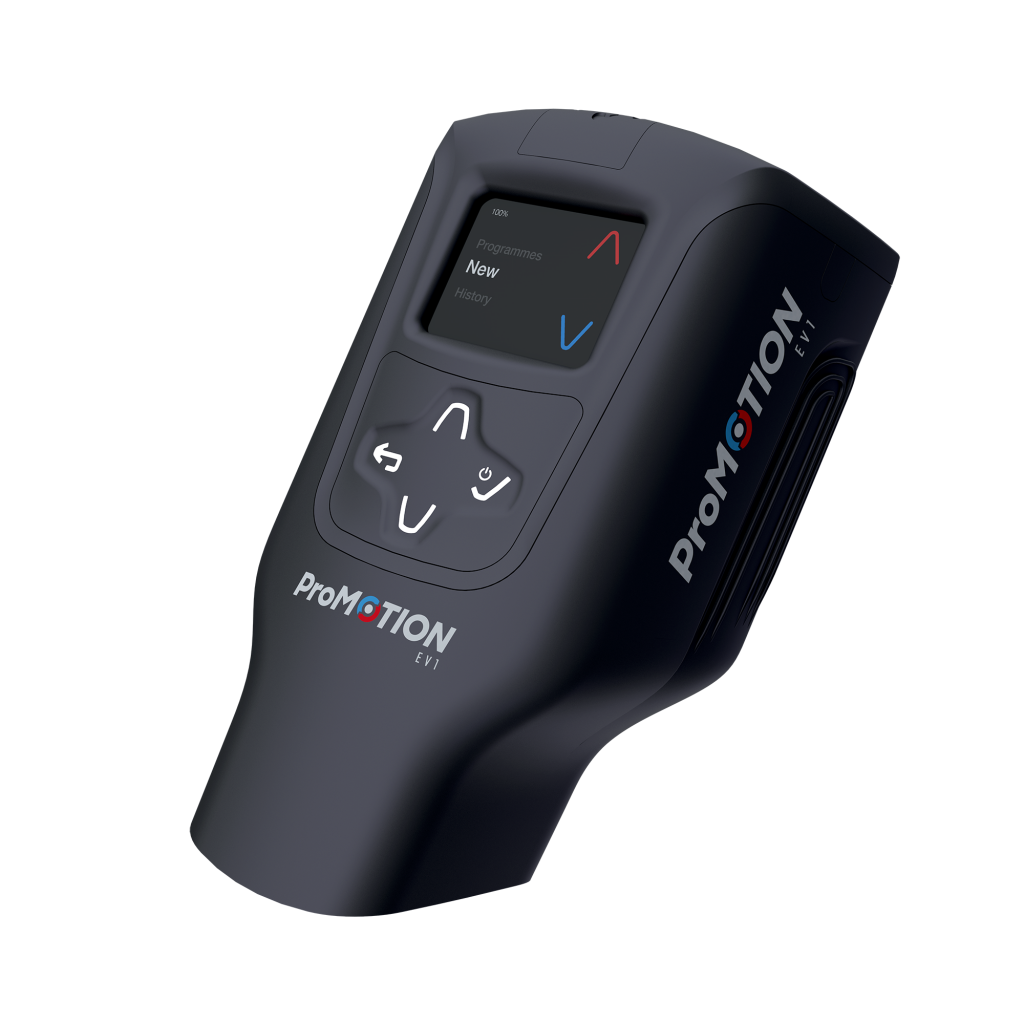
01.
Targeted Cryotherapy
Benefits of Targeted Cryotherapy
High-quality evidence supports the use of cryotherapy as a short-term pain relief for acute soft-tissue injury management. 1 However, short-term adverse effects to dynamic stability and muscle strength (up to a 16% reduction) have also been reported following ice interventions. 2-4 Therefore, authors have warned clinicians to consider the potential increased risk of injury following a cryotherapy treatment, before returning to weight bearing activity.
The guidelines for injury management have introduced ‘optimal loading’ as a solution to encourage early activity to optimise recovery. 1 Emerging research suggests a targeted cryotherapy approach may help to minimise the reduction to muscle strength previously reported with ice interventions, which cooled a relatively larger surface area. 5 This would allow individuals to apply a targeted cryotherapy intervention, using the ProMOTION EV1, and then return to weight bearing activity earlier, at a lower risk of injury.
ProMOTION EV1 could minimise the adverse effects to muscle strength and dynamic stability reported following ice, through a targeted cryotherapy approach. 5-6
02.
Portabililty
Innovative therapy on the move
Bleakley, McDonough and MacAuley 7 advised that for acute soft tissue injury, intermittent applications may enhance the therapeutic effect of ice in pain relief. The intermittent applications consisted of two 10-minute ice applications, with a 10-minute washout period in between.
“With ProMOTION EV1 being thermoelectric and battery-operated, individuals can intermittently use the device at ease without the need for ice, water or mains electricity.”
Olivia Greenhalgh
Technical Specialist
03.
Contrast Therapy
Unique to the market
Contrast Therapy is primarily used in elite sports for post-exercise recovery. 8 For the first time, ProMOTION EV1 allows individuals to apply contrast therapy across the body at ease.
“ProMOTION EV1 provides the opportunity to tailor contrast therapy programs and allows individuals to apply contrast therapy across the body at ease.”
Jill Alexander
UCLan
04.
Precise control and maintenance
Ideal Therapeutic Range
Previous studies have identified that a local analgesic effect occurs when the skin is cooled and maintained below 13.6°C. 9 Skin surface temperatures between 10-11°C produce a reduction in metabolism of 50% and a reduction in nerve conduction velocity (NCV) occurs at a skin surface temperature of 12.5°C. 10 Therefore, it is widely accepted that the ideal therapeutic range for skin temperature is between 10-15°C. 11,12
Technical evaluations of the product have shown that the device can control and maintain skin surface temperature within the ideal therapeutic range for a 20-minute cooling intervention. A targeted cryotherapy approach, using the ProMOTION EV1, can provide the desired short-term pain relief in a population with healthy participants with induced pain. 13
ProMOTION EV1 can precisely control and maintain skin surface temperatures to achieve the desired therapeutic benefits of cooling. 5,14
The Science behind
Cold, Heat, Contrast
and Compression
Therapy
Cold Therapy
The guidelines published by the Association of Chartered Physiotherapists in Sports and Exercise Medicine (ACPSM) recommend the POLICE (Protection, Optimal Loading, Ice, Compression, Elevation) approach for acute soft tissue injury management: 1
- Protection
- Optimal Loading
- Ice
- Compression
- Elevation
Cold therapy (also known as cryotherapy) is advised where swelling and bruising is present to reduce tissue temperature, perceived pain and inflammation. 15,16
Cryotherapy is not generally advised if stiffness is present in the muscle or joint
The ideal therapeutic range for skin surface temperature has been determined in literature as 10-15°C. 11,12
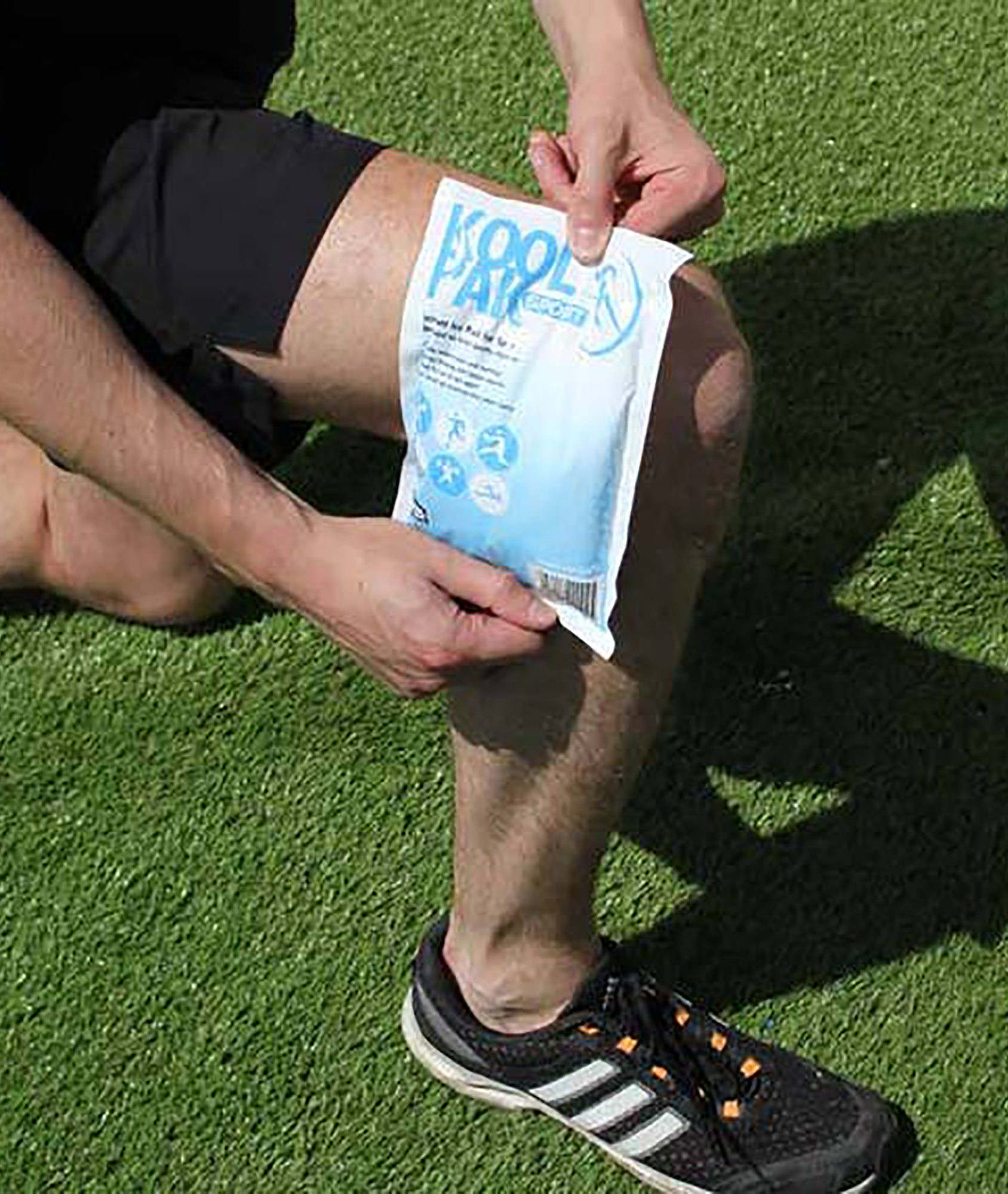
Heat Therapy
Heat therapy is recommended to relieve dull aches, particularly in the sub-acute phase (48 hours up to 2 weeks). 17
Thermotherapy is commonly used to relieve pain from delayed onset of muscle soreness (DOMS) and for patients with lower back pain. 18,19
Other therapeutic benefits include an increase in blood flow, metabolism, connective tissue elasticity, pain relief and increases range of movement (ROM) at a variety of joints. 18,20
Heat is not generally advised during the acute phase for most soft tissue injuries due to the inflammation in this stage of injury. 21
Nadler et al.15 summarised the physiological effects of cold and heat therapy (Figure 1).
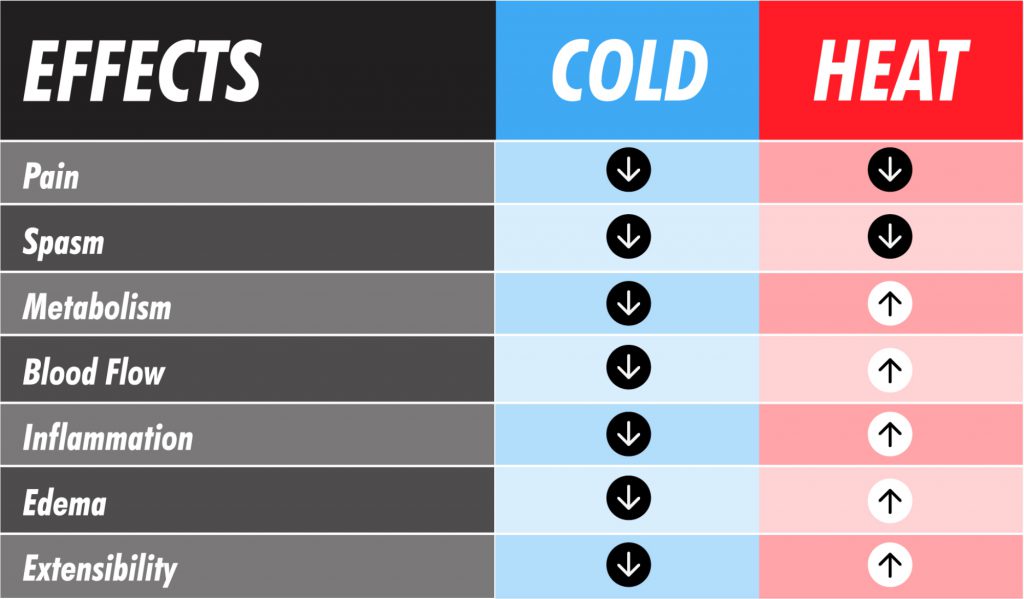
Figure 1
Physiological effects to cold and heat therapy illustrated in Nadler et al. 15
Contrast Therapy
Contrast therapy is the alternation of hot and cold therapy. 22
A systematic review established a consensus from previous studies regarding temperature applications for contrast therapy protocols as cold = 10-15°C and hot = 38-40°C. 23
The physiological basis of contrast therapy is not fully understood but one theory suggests contrast therapy protocols promote a vasodilation/vasoconstriction ‘pumping’ action in order to reduce swelling and remove waste products. 24
Other therapeutic benefits reported in literature include greater heat removal, reductions in creatine kinase, lactate, muscle soreness and an increase in muscle function. 25
Studies commonly report an improvement in the perception of recovery following contrast therapy compared to a passive recovery technique. 8,24,25
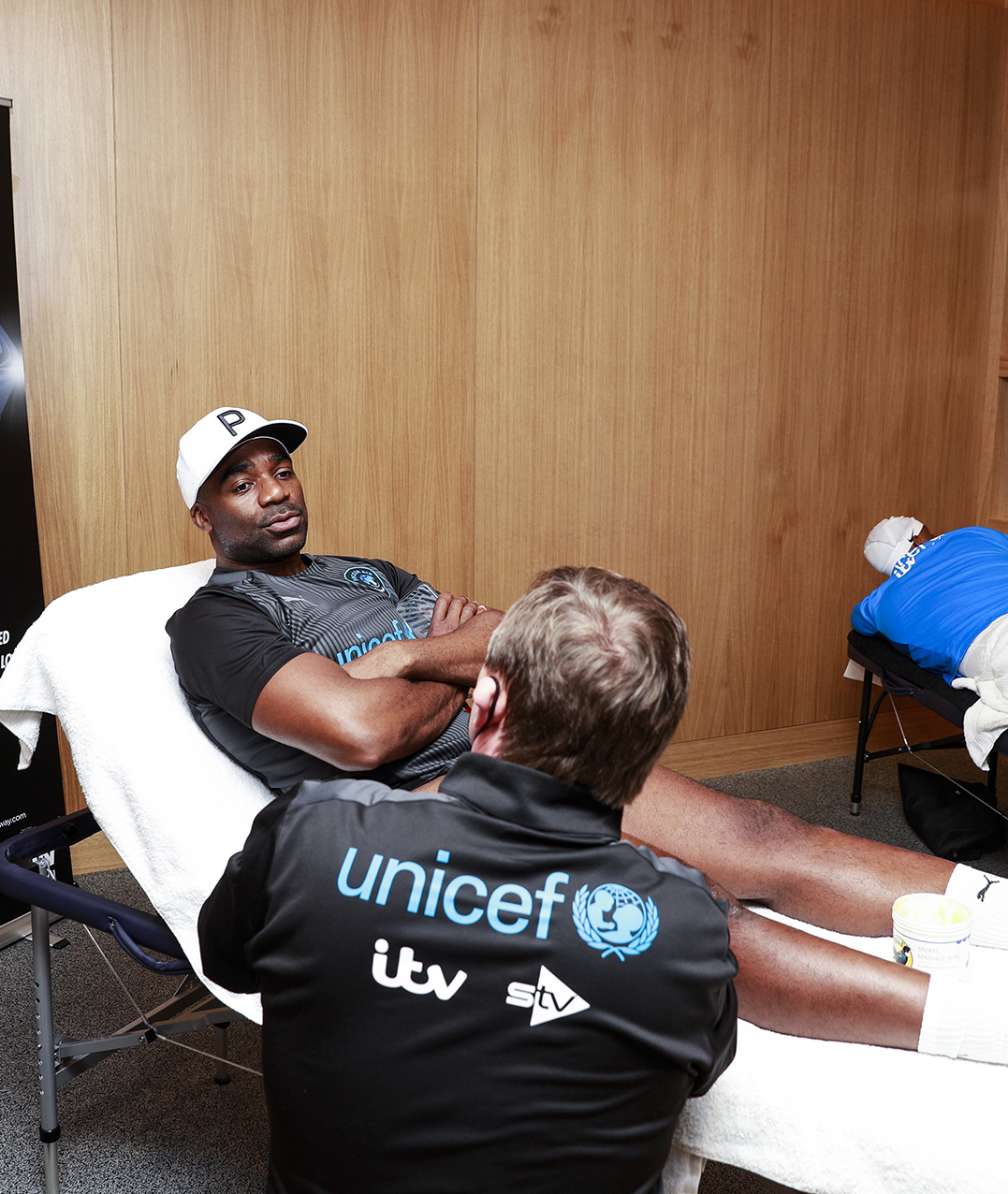
Compression
It is well accepted that the addition of compression with cryotherapy provides more therapeutic benefit than cryotherapy alone. 17
Reported benefits include greater cooling to the skin surface and deeper tissues and a reduction in pain and swelling for patients undergoing knee surgery. 26,27
The clinical guidelines advise that one dosage or approach (i.e. external static or intermittent pneumatic compression) of compression is unlikely to be equally effective across the entire soft tissue spectrum. 1
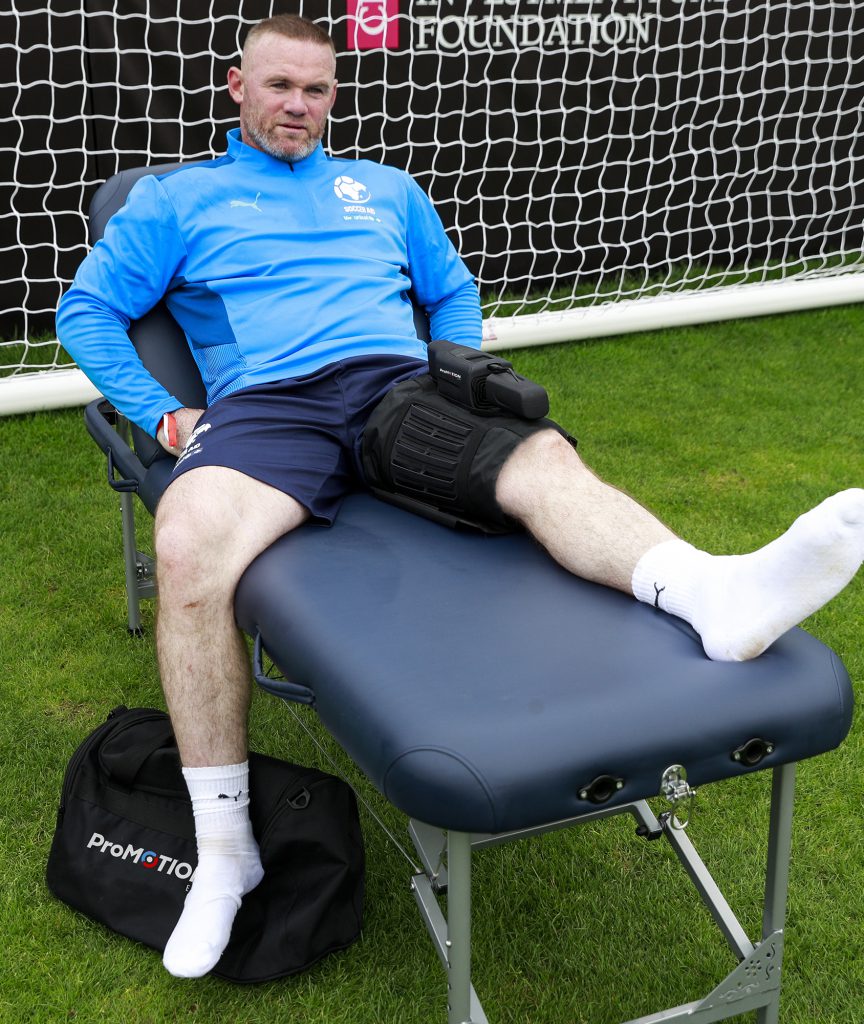
References
- Bleakley CM, Glasgow PD, Phillips N, et al. Guidelines on the management of acute soft tissue injury using protection rest ice compression and elevation. The Association of Chartered Physiotherapists in Sports and Exercise Medicine (ACPSM); 2011.
- Rhodes D, Alexander J. THE EFFECT OF KNEE JOINT COOLING ON ISOKINETIC TORQUE PRODUCTION OF THE KNEE EXTENSORS: CONSIDERATIONS FOR APPLICATION. The International Journal of Sports Physical Therapy. 2018;13(6):985.
- Alexander J, Richards J, Attah O, Cheema S, Snook J, Wisdell C. Delayed effects of a 20-min crushed ice application on knee joint position sense assessed by a functional task during a re-warming period. Gait & Posture. 2018;62:173-178.
- Alexander J, Selfe J, Oliver B, et al. An exploratory study into the effects of a 20 minute crushed ice application on knee joint position sense during a small knee bend. Physical Therapy in Sport. 2016;18:21-26.
- Alexander J, Selfe J, Greenhalgh O, Rhodes D. Exploratory evaluation of muscle strength and skin surface temperature responses to contemporary cryotherapy modalities in sport. Isokinetics and Exercise Science. 2021:1-9. doi:10.3233/IES-200253
- Greenhalgh O, Selfe J, Alexander J, McCarthy C, Richards J. The development of optimal therapeutic protocols using the Swellaway knee unit, on healthy male subjects. Physiotherapy UK 20212021.
- Bleakley CM, McDonough SM, MacAuley DC. Cryotherapy for acute ankle sprains: a randomised controlled study of two different icing protocols. British Journal of Sports Medicine. 2006;40:700-705.
- Greenhalgh O, Alexander J, Richards J, Selfe J, McCarthy C. The use of contrast therapy in soft tissue injury management and post-exercise recovery: a scoping review. Physical Therapy Reviews. 2021/01/02 2021;26(1):64-72. doi:10.1080/10833196.2020.1850163
- Bugai R. The cooling, analgesic, and rewarming effects of ice massage on localized skin. Physical Therapy. 1975;55(1):11-19.
- Jutte LS, Merrick MA, Ingersoll CD, Edwards JE. The relationship between intramuscular temperature, skin temperature, and adipose thickness during cryotherapy and rewarming. Archives of Physical Medicine and Rehabilitation. 2001;82(6):845-850. doi:10.1053/apmr.2001.23195
- Rivenburgh DW. Physical modalities in the treatment of tendon injuries. Clin Sports Med. 1992;(0278-5919 (Print)):645-59.
- Kennet J, Hardaker N, Hobbs S, Selfe J. Cooling Efficiency of 4 Common Cryotherapeutic Agents. Journal of Athletic Training. 2007;42(3):343-348.
- Greenhalgh O, Selfe J, Alexander J, McCarthy C, Richards J. The development of optimal therapeutic protocols using the Swellaway knee unit, on healthy male subjects. Elsevier; 2021:
- Selfe J, Alexander J, May K, Richards J. A Technical Evaluation of the Swellaway Cooling Device. 2017.
- Nadler SF, Weingand K, Kruse RJ. The physiologic basis and clinical applications of cryotherapy and thermotherapy for the pain practitioner. Pain physician. 2004;7(3):395.
- Zemke JE, Andersen JC, Guion WK, McMillan J, Joyner AB. Intramuscular temperature responses in the human leg to two forms of cryotherapy: ice massage and ice bag. The Journal of Orthopaedic and Sports Physical Therapy. 1998;27(4):301-7.
- Michlovitz SL. Thermal Agents in Rehabilitation. F.A. Davis Company; 1990.
- Malanga GA, Yan N, Stark J. Mechanisms and efficacy of heat and cold therapies for musculoskeletal injury. Postgraduate medicine. 2015;127(1):57.
- Dehghan M, Farahbod F. The efficacy of thermotherapy and cryotherapy on pain relief in patients with acute low back pain, a clinical trial study. Journal of clinical and diagnostic research : JCDR. 2014;8(9):LC01-LC04. doi:10.7860/JCDR/2014/7404.4818
- Knight K, Draper DO. Therapeutic Modalities: The Art and Science. Lippincott Williams & Wilkins; 2012.
- Lane E, Latham T. Managing pain using heat and cold therapy. Acute Pain. 2009;11(3):155-155. doi:10.1016/j.acpain.2009.10.026
- Myrer JW, Measom G, Durrant E, Fellingham Gw. Cold- and Hot-Pack Contrast Therapy: Subcutaneous and Intramuscular Temperature Change. Journal of Athletic Training. 1997;32(3):238-241.
- Hing W, White S, Bouaaphone A, Lee P. Contrast therapy—A systematic review. Physical Therapy in Sport. 2008;9(3):148-161. doi:10.1016/j.ptsp.2008.06.001
- Cochrane DJ. Alternating hot and cold water immersion for athlete recovery: a review. Physical Therapy in Sport. 2004;5:26-32.
- Dupuy O, Douzi W, Theurot D, Bosquet L, Dugue B. An Evidence-Based Approach for Choosing Post-exercise Recovery Techniques to Reduce Markers of Muscle Damage, Soreness, Fatigue, and Inflammation: A Systematic Review With Meta-Analysis. Frontiers in Physiology. 2018;9doi:10.3389/fphys.2018.00403
- Holwerda SW, Trowbridge CA, Womochel KS, Keller DM. Effects of Cold Modality Application With Static and Intermittent Pneumatic Compression on Tissue Temperature and Systemic Cardiovascular Responses. Sports Health. 2013;5(1):27-33.
- Capps SG, Mayberry B. Cryotherapy and Intermittent Pneumatic Compression for Soft Tissue Trauma. Athletic Therapy Today. 2009;14(1):2-4.
- Bleakley CM, Glasgow P, MacAuley, DC PRICE needs updating, should we call the POLICE?British Journal of Sports Medicine 2012;46:220-221.
Get in touch
For more information about ProMOTION, contact our customer services team on customerservices@swellaway.com
